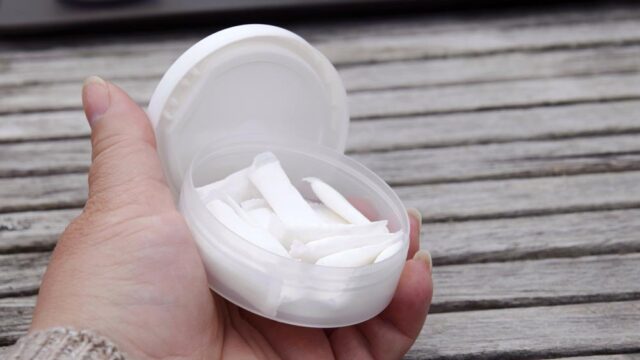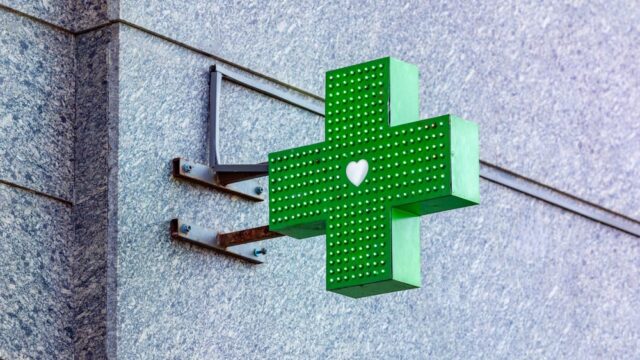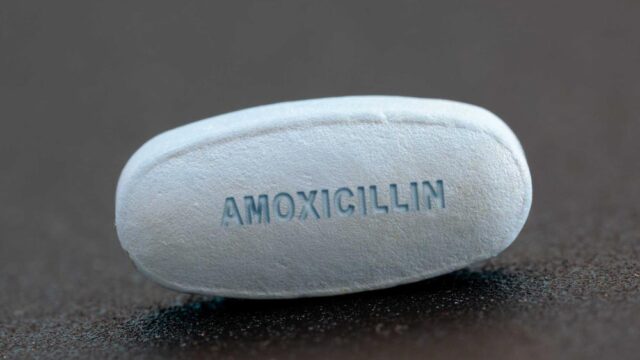Advertisment
Children and Corona: More infections than reported cases during second wave in Germany

The prevalence of SARS-CoV-2 infections in preschool and school children is an important benchmark for deciding whether to open kindergartens and schools. The screening study “Fr1da” led by Anette-Gabriele Ziegler tests children in Bavaria for an early stage of type 1 diabetes. These tests include the collection of blood samples. In response to the COVID-19 pandemic, the researchers had decided to use the valuable study infrastructure of the Fr1da study to detect SARS-CoV-2 infections, too. For this, they developed a SARS-CoV-2 antibody test with particularly high accuracy. During the first wave in Germany in spring 2020, the researchers detected a SARS-CoV-2 antibody frequency of 0.87 percent in the children who took part in the Fr1da study. This means that six times more children in Bavaria were infected with the coronavirus than reported via PCR tests (link to press release).
More infections during the second wave in Germany
While the Fr1da study continued, the researchers found a significant increase of SARS-CoV-2 antibodies in children in Bavaria during the second wave in autumn and winter. Preschool children showed an antibody frequency of 5.6 percent during the testing period October 2020 to February 2021. Among school children who were tested between November 2020 and February 2021, the figure was as high as 8.4 percent. Overall, the antibody frequency at the end of the second wave (January and February 2021) was about eight times higher compared to the end of the first wave (April to July 2020). In addition, results showed that three to four times more preschool and school children in Bavaria were infected with SARS-CoV-2 than reported via PCR testing during the second wave.
Many children are asymptomatic
Markus Hippich, first author of the study and researcher at Helmholtz Zentrum München, says: “The fact that we found more infections in children compared to reported cases may be due to asymptomatic cases in childhood.” Among the 446 children who tested positive in the second wave, 92.6 percent completed symptom questionnaires. The proportion of antibody-positive children without symptoms was 68.0 percent among preschoolers. Among school-aged children, it was 51.2 percent.
The researchers suggest that the significant increase in SARS-CoV-2 infections during the second wave is the result of a combination of events. These include a generally higher exposure to the virus in the fall and winter, school openings and novel, more infectious virus variants. Study leader Anette-Gabriele Ziegler explains: “Children are often said to be less likely infected compared to adults. However, the data for this assumption is sparse. The results of our study clearly show that both preschool and school children are susceptible to SARS-CoV-2 infection. To better control infections in this population group, adequate measures to contain the spread of the virus in kindergartens and schools could be helpful.”
Antibodies can be detected over several months
Children who tested positive for SARS-CoV-2 antibodies had the possibility to provide another blood sample to check the development of their antibody status. The researchers observed that the titer of antibodies increased over a period of average three months after the first sample. Overall, 64 of 66 children remained positive for SARS-CoV-2 antibodies. The researchers expect that the antibody increase is not due to re-exposure, but rather the natural time course of antibody responses.
No association between type 1 diabetes and COVID-19 in children
The Fr1da study screens children in Bavaria up to the age of 10 years for pre-symptomatic type 1 diabetes defined by the presence of multiple islet autoantibodies. The researchers did not find an association between pre-symptomatic type 1 diabetes (positive test for islet autoantibodies) and COVID-19 (positive test for SARS-CoV-2 antibodies), neither during the first nor the second wave.
Original publication
Hippich et al., 2021: A Public Health Antibody Screening Indicates a Marked Increase of SARS-CoV-2 Exposure Rate in Children during the Second Wave. Med, DOI: 10.1016/j.medj.2021.03.019





